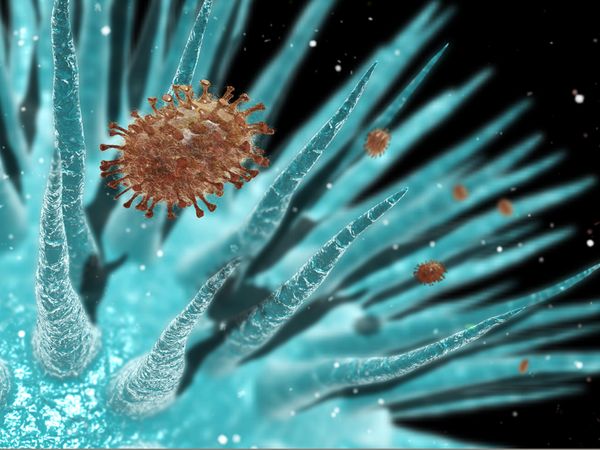
A group of scientists from Erasmus Medical Centre in the Netherlands is pushing to publish research about how they created a man-made flu virus that could potentially wipe out civilization.
The deadly virus is a genetically tweaked version of the H5N1 bird flu strain, but is far more infectious and could pass easily between millions of people at a time.
The research has caused a storm of controversy and divided scientists, with some saying it should never have been carried out.
The current strain of H5N1 has only killed 500 people and is not contagious enough to cause a global pandemic.
But they are fear the modified virus is so dangerous it could be used for bio-warfare, if it falls into the wrong hands.
Virologist Ron Fouchier of the Erasmus Medical Centre led a team of scientists who discovered that a mere five mutations to the avian virus was sufficient to make it spread far more easily.

Ron Fouchier conducted his tests on ferrets as the animals have become a model of choice for influenza and they have similar respiratory tracts to humans.
He is so prepared for a media storm that he has hired an advisor to help him work on a communication strategy.
The research done was part of an international drive to understand H5N1 more fully.
Ron Fouchier admitted the strain is “one of the most dangerous viruses you can make” but is still adamant he wants to publish a paper describing how it was done.
The study is one of two which has caused serious debate about scientific freedom and about regulating research which might have potential public health benefits but at the same time could also be useful for bio-terrorism.
The other paper, also on H5N1, was done by a joint team at the University of Wisconsin and the University of Tokyo.
It is understood to have had comparable results to the study done by Ron Fouchier.
Both papers are now being reviewed by the U.S National Science Advisory Board for Biosecurity (NSABB).
NSABB does not have the power to prevent the publication but it could ask journals not to publish.
Paul Keim, chairman of NSABB, said: “I can’t think of another pathogenic organism that is as scary as this one. I don’t think anthrax is scary at all compared to this.”
Traditionally scientific research has always been open so that fellow scientists can review the work of others and repeat their methods to try and learn from them.
But numerous scientists have said they believe research on the avian flu should be suppressed.
However bio-defense and flu expert Michael Osterholm, who is director of the Center for Infectious Disease Research and Policy at the University of Minnesota, said the work carried out was important medically.
Michael Osterholm added he could not discuss the papers because he was a member of NSABB but said if they were published certain information could be withheld and made available to those who really need to know.
“We don’t want to give bad guys a road map on how to make bad bugs really bad,” he said.